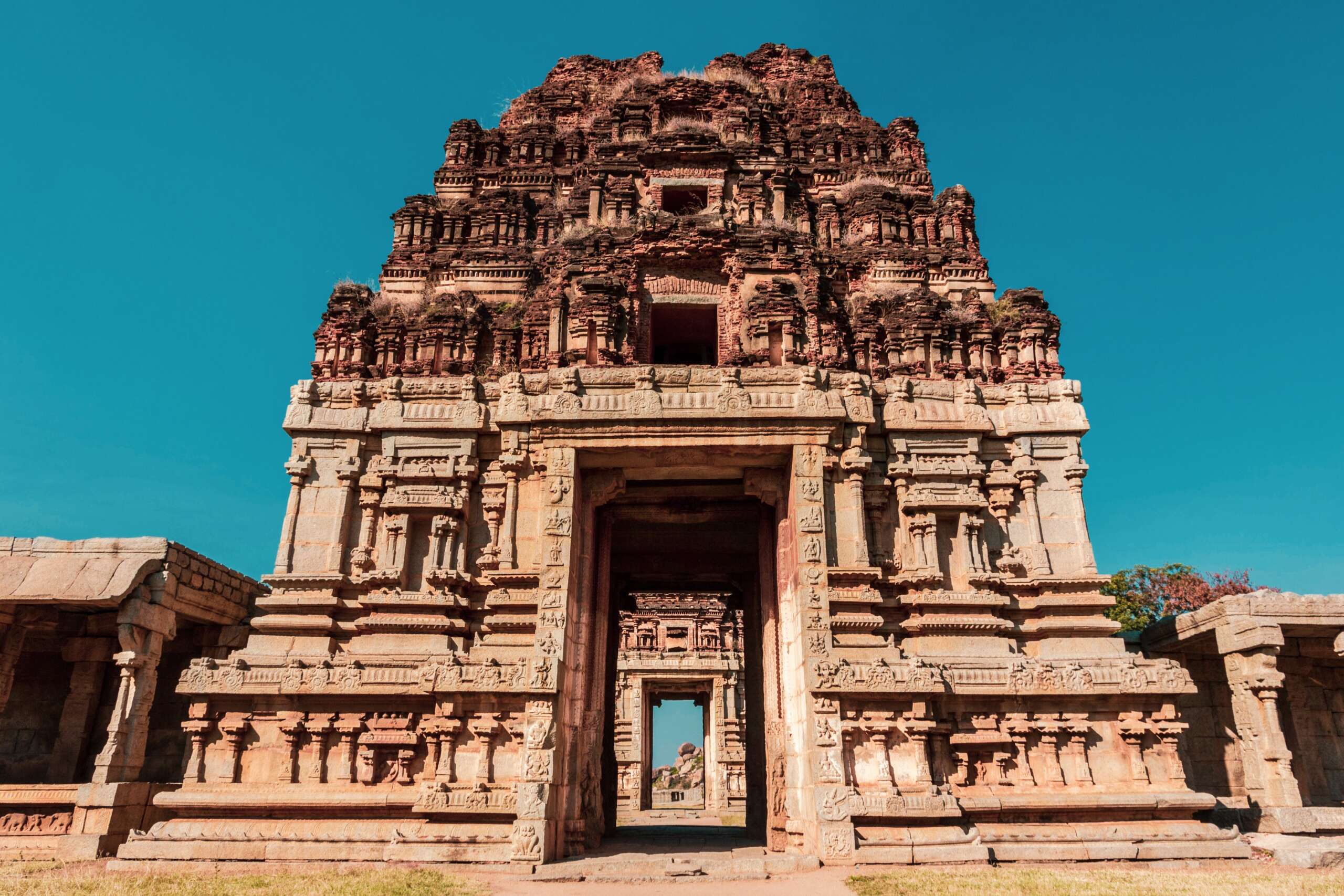India – A Heritage-rich Sub-Continent of Asia, is a land of an enviable number of Architectural monuments and Historical Landmarks. India is brimmed with 40 UNESCO sites, dotted all over the country which presents the kaleidoscope of the cultural and historical value of the land, to the world. Showcases the quintessential image of India: a beautiful land studded with fairy-tale citadels and ornate palaces. India is home to a large array of monument edifices left behind by the various Dynasties.
Indiaatour attempts to cover most of the country’s archaeological, historical and cultural legacies by the Heritage Circuits in different zones of the sub-continent.
The Northern Heritage Circuit
The North Zonal Circuit covers the monuments of Delhi, Agra and Fathepur Sikri. The city which has seen the rise and fall of several Empires- Delhi- currently hosts three UNESCO heritage sites – Qutub Minar, the first Islamic Minaret in India, erected in the 13th century. Humanyu Tomb, the only mausoleum in India built, in the 16th century, by a wife for her husband- Humanyu and the Red Fort, a 17th century fort carved in red sandstone, built by Shah Jahan, is a stunning example of Mughal architecture.
Agra, the capital city of India during the Mughal Empire is home to one of the seven wonders of the world – The Taj Mahal! Mughal Emperor Shah Jahan commissioned the tomb in the memory of his wife in 1631 AD, it consumed 30 long years and the toil of 20,000 labourers which resulted in the Taj Mahal. Another UNESCO Heritage Site would be Fatehpur Sikri, built in the 16th century by the Mughal Emperor Akbar. The city sits on a rocky ridge and is built in red sandstone. Jama Masjid of Fathepur Sikri is the largest mosque in India.
The Western Heritage Circuit
The West Zonal Circuit includes Hills and Forts of Rajasthan, includes six majestic forts of Chittorgarh, Kumbhalgarh, Jaisalmer, Ranthambore Fort of Sawai Madhopur, Gagron Fort of Jhalawar and Amer Fort of Jaipur. The eclectic architecture of the forts, some up to 20 kilometres in circumference, bears testimony to the power of the Rajputs. Another UNESCO Sites imbibed in this circuit are Caves of Ajanta and Ellora, dated back from the 2nd Century to the 10th century are dedicated to Buddhism, Jainism, and Hinduism which defines the acceptance of India towards various cultures and customs.
The Eastern Heritage Circuit
The West Zonal Circuit covers the SunTemple of Odisha, which was built during the reign of Narasimhadeva-I. Dedicated to the Sun god, The temple was designed as a chariot of Sun God driven by twenty four beautifully carved wheels and pulled by seven horses. The wheels are designed in such a way that when the shadow is cast on the spoke of the wheels by the sun, one can gauge the time of the day by looking at it. Next on the cards is Bodh Gaya, a Buddhist pilgrimage settled in southwest Bihar on one of the tributaries of the holy river Ganga. Bodh Gaya is world known for the Mahabodhi Temple, It was here under the Bodhi tree that Gautama Buddha attained enlightenment.
The Southern Heritage Circuit
The South Zonal Circuit envelops – Hampi, Chola Temples and Temples of Mahabalipuram.
Hampi, of Karnataka, was the capital of the Vijayanagara Empire in the 14th century is also called “World’s Largest Open-air Museum”, whose ruins are spread over the area of 29 sq. km. Chola Temples, stretched all over south India includes three great 11th- and 12th-century Temples: the Brihadisvara Temple at Thanjavur, the Brihadisvara Temple at Gangaikondacholisvaram and the Airavatesvara Temple at Darasuram. Soaked in devotion and peppered with rainbow colours these temples were built in the Dravidian style by the Kings of Chola Empire.
The Temples of Mahabalipuram in Tamil Nadu, are rock-carved monuments, constructed between the 7th and 8th centuries by the Pallava Kings. It is a group of temples including Shore Temple, Descent of the Ganga, Five Rathas, Mahishamardini Cave, Panchapandava Mandapa, Trimurthi Cave and Varaha Cave.
The Central Heritage circuit
The Central Circuit starts rolling with the stunning temples, adorned by erotic and sensuous carvings, of Khajuraho. Built between 950 to 1050 AD the sheer confrontational nature of these carvings shows a stark paradox with the conventional Indian ideals about eroticism. Circumscribed by the hills of the Vindhya mountain ranges, the UNESCO Heritage site of “Khajuraho Group of Monuments” belongs to the Hindu as well as the Jain religion.
The Next Heritage site is Sanchi Stupa – a hemispherical dome, built during the reign of Emperor Ashoka around 3rd Century BC, the splendid architecture of the Stupa is more than a reliquary preserving the remains of Buddha and influential Buddhist monks. It shows the journey to enlightenment. The stupas, temples, monasteries and Ashokan pillar made the sacred city of Sanchi listed in UNESCO World Heritage sites.
Tempted by the places of the Indian Heritage Circuit?
Inspired enough to travel across the sub-continent?
Wait no more!
Pack your bags and plan a tailor-made tour with Indiaatour to experience the rich heritage and culture.

